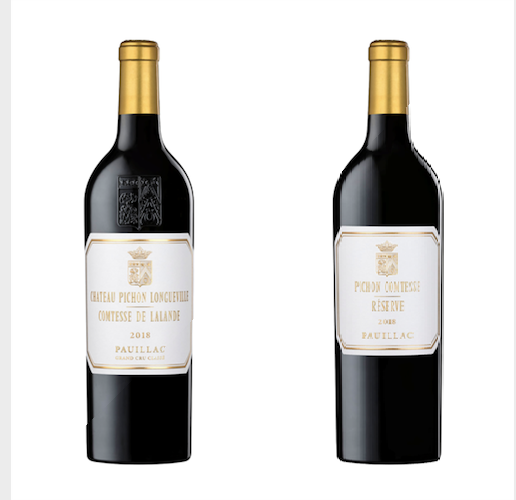Uutiset
PICHON COMTESSE UNVEILS NEW LABELS
The new look was revealed last week during Vinexpo and is meant to both coincide with the tenth anniversary of renovation work at the winery and an official recognition of the property’s sobriquet, ‘Pichon Comtesse’.

Charles Fournier, commercial and marketing director at the estate, explained that the new labels are, “purer and have a more modern feel”.
They also look similar, pointing to a clearer link between the two wines. The bottle shape has been very slightly changed, to be a little more conical.
Formerly known as ‘Reserve de la Comtesse’ and featuring a small portrait of Virginie de Pichon Longueville, the estate’s second wine will henceforth be known as ‘Pichon Comtesse Réserve’.
The changes will be in place from the 2017
Pichon Lalande 2015 has been released at €96 per bottle ex-negociant, up 48.1% on the 2014 release price of €64.8. It is being offered by the international trade at £995 per 12×75. This is a 59.2% increase on the 2014 (£625).
The wine has received a set of strong reviews from critics. Neal Martin (95-97) called it “quite brilliant” while James Suckling (96-97) described it as “Precise. It goes for minutes”.
As the chart above shows, it is priced at a discount of around 10% to the similarly scored 2009 and 2010.
Buyers might alternatively look back to last year: the 2014 has a score of 93-95 from Neal Martin and is available at an 37.3% discount on the 2015.